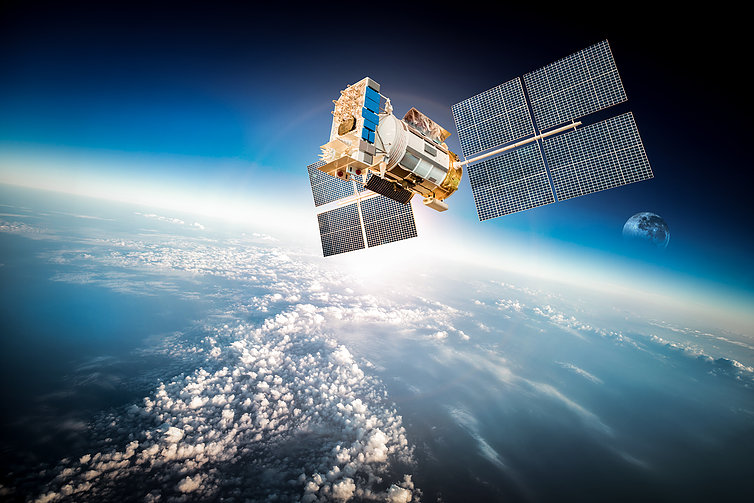
NASA’s Parker Solar Probe is on a historic mission to the Sun, zooming the closest ever to our solar system’s star.
Over 12 days in October and November 2018 Parker moved through the corona – the ultra-hot cosmic oven of atmosphere that surrounds the sun – and snapped this amazing image.
This is actually the first image ever from inside the Sun.

Maybe that’s a bit of exaggeration, but the image above was taken by Parker’s WISPR (Wide-field Imager for Solar Probe) when the probe was a mere 16.9 million miles from the Sun – inside its corona.
The image clearly shows two different jets of solar material, known as coronal steamers, emanating from the left of the image. That bright spot in the distance is actually Mercury, while the black spots are artifacts of background correction.
The image was released in conjunction with a press conference that was held at the fall meeting of the American Geophysical Union. There, NASA scientists discussed what they expected to learn from the probe mission as the first data begins filtering back to Earth. The first set of data began downlinking to Earth on Dec. 7, 2018, but radioing back the complete data set won’t be done until Parker undergoes a second flyby in April 2019.
The spacecraft has already had a busy working life being four months old. On Sept. 19, 2018, it beamed back its “first light” images from space, enabling NASA scientists and engineers to make sure all its instruments were working as expected. And in the following October Parker smashed two long-standing records, being the closest object to the Sun ever made and the fastest spacecraft in history.
That speed mentioned is very important, because eventually the probe should travel to match the rotation speed of the Sun. At the same time, the probe will be orbiting over the same region of the sun for short periods of time to give NASA’s scientists the chance to decrease the effects of the Sun’s rotation on any data they may receive.
With its instruments examining the Sun’s electromagnetic fields, ions and energetic particles, the Parker Solar Probe is perfectly ready to reveal some of the Sun’s greatest secrets, one of which is why the corona is much hotter than the Sun’s surface. The mission continues until 2025.









